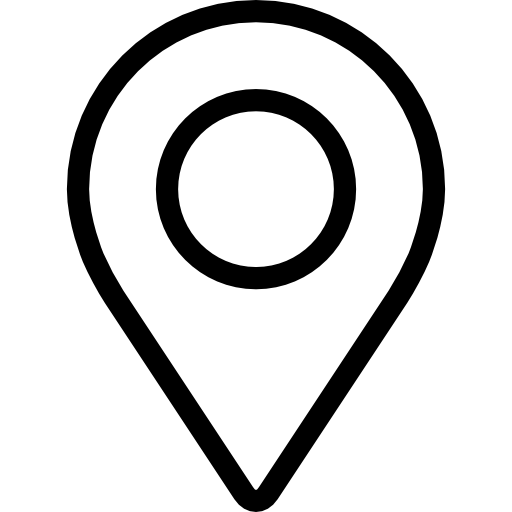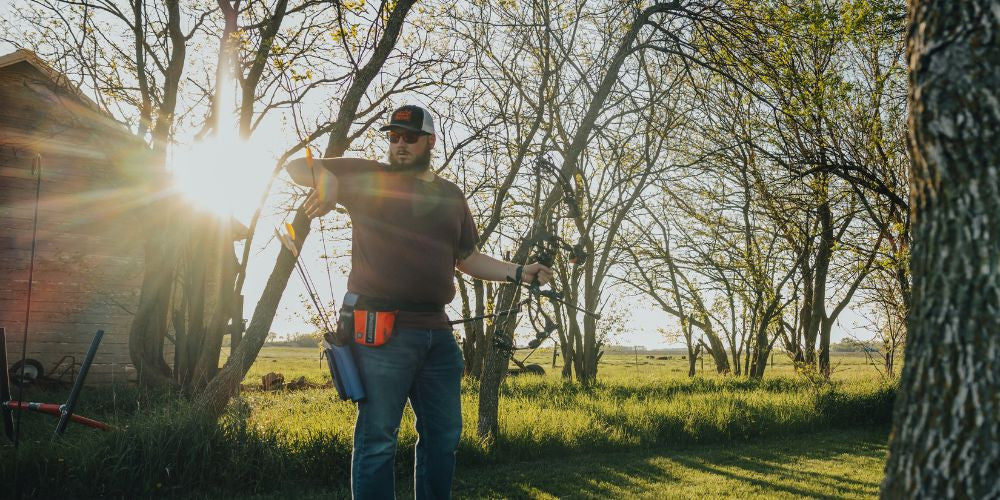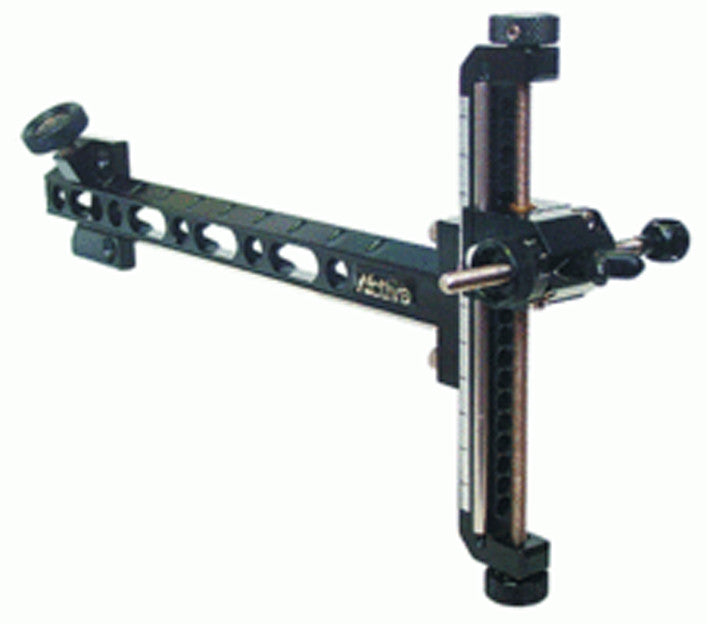A long time ago sports equipment was little more than just an instrument of the success of sportsmen. Racing cars for example were built with powerful engines, simple steering and brake horsepower to speed to victory kept in check with a few basic tools, lubricants and fuelling. Now today they have a vast array of gadgets and highly advanced technical components and on-board electronics. These features are vital in cutting down the number of seconds in a lap time and can enable them to break records unlike anything ever before. Streamlined bodies, on-board computers, advanced materials in components, etc. No sport is without it’s advanced training facilities for it’s athletes and none more so than the advanced mechanics of gadgets in the design of bows and arrows. If you’ve looked at the bows in the Olympics, the Commonwealth Games and the International games you will see them fitted with all kinds of appendages and shooting aids. I remember the first time I clapped eyes on the bows of the Olympians at London 2012, I was completely dazzled by all the bits and bobs on the recurve bows. I thought they looked like a design for a space witch’s broom from a science fiction film! Even my grandmother was puzzled by the long rods of the stabilizers and why they fell forward as they shot them. So what exactly are these things fitted to the recurve bow?
Bow Sight

Modern bows used today have sights that can be a valuable tool in getting your shot very accurate. These are designed to be used to allow the bow to be flexible and adapted to each type of draw weight, bow length and shooting distance. A typical bow sight has got three parts that allow you to adjust the aperture horizontally, vertically and left-to-right. The aperture is the bow sight you aim with to hit the bull’s eye with and it’s fixed onto a sliding mechanism at the end of the bow sight at the end of one of the shafts. First there’s the horizontal shaft which extends outwards from the bow, this adjusts for the horizontal distance between the archer and the target. Then there’s the elevation shaft which allows the archer to adjust for the parabolic angle of the arrow’s flight. Anyone who has taken a physics lesson will understand that projectiles like arrows and artillery shells shoot in the path of a parabola, a curved line that goes upwards and then downwards towards the target. The last shaft is a screw thread where the aperture is attached. This can be moved from left to right to keep your accuracy within the bull’s eye by centring the aperture in the arrow’s line of fire at a right angle to the bow.
Sling

One of the first things you’ll notice about the way recurve archers release their arrows is that the bows fall away from the archer every time. This is because the archers are not actually holding the bow with a tight grip at all. A recurve bow works by having the limbs in sections that are separate from the riser. This allows the bow to flex and store more energy efficiently than a straight limbed bow like a longbow, which results in a greater energy output and speed to the arrow. To achieve this at it’s best effect you don’t grip the handle at all, you actually cusp the handle and as you draw the bow you compress the handle against your palm almost as if you have no grip on the handle with your bow hand at all. This isn’t good when you release it because it just means that the bow will fall out of your hand when you release the arrow. To stop it from falling to the ground we use straps or cords wrapped around our wrists or fingers called slings. With these slings you can release the bow with the loosest of grips on the bow hand and just let it fall away.
Stabilizer

One of the most obvious gadgets on any modern competition bow (recurve or compound) is the long rods sticking out from the riser. These are called stabilizers. The purpose of a stabilizer is to keep the bow even and steady as the arrow is fired from the bow. When you pull on the bow the force on the string creates tension which brings all the potential energy towards the archer’s end of the bow. When you release the string the energy is transferred to the arrow which forces it away. However the tension also releases energy from the limbs which oscillates throughout the entire structure of the bow. This oscillating effect makes the bow turn, or torque in your bow hand, which can make the arrow veer off slightly as it slides off the arrow rest upon release. Especially when the bow is actually just pressing against the palm of your hand. With a stabilizer rod you have an elongated structure where you can channel those oscillations in the direction of flight and eliminate the vibrations. It also allows you to balance your form because all that drawing towards you tends to make you aim higher than is necessary. It can even more problematic when shooting in the wind where a stabilizer can come in handy. The wind will blow you off balance as you try to keep steady when aiming.
Clicker

A clicker is a simple little piece of spring metal fitted to the riser that acts like a release signal. When drawing the arrow it’s important to know exactly when to let go and release the arrow. If your draw is too short you will undershoot and if your draw is too long then the arrow either overshoot the target or it will fall off the arrow rest as you pull it back to far. A clicker can be pretty useful so that you know when to release your arrow. It’s fitted just above the arrow rest where it’s anchored and the lower end is free, where it extends to the arrow tip. When you reach full draw the clicker slides down the arrow tip and then releases once you have achieved full draw. When this happens the clicker makes a clicking noise, hence it’s name. Once you hear the click you release the arrow and away it goes. Simple but effective.
Cushion Plunger

One thing that archers can suffer with their accuracy is a phenomenon called the ‘archer’s paradox’. The archer’s paradox refers to the manner that the arrow clears the bow upon release by bending around the bow handle. The full force of the released string on the arrow sends the energy of the bow to the arrow. As it leaves the bow the point end of the arrow pushes against the bow and the bow resists this push, causing the arrow to bend. As the fletching approaches the bow handle the bending of the shaft allows the fletching to move away from the arrow rest and bow handle. The arrow continues to bend before straightening out after ten yards in front of the bow and then flies on towards the target. However the archer’s paradox can also affect the flight of the arrow as it travels towards the target. A cushion plunger can alter the flex so that the arrow alignment is correct and bring it to an ideal ‘centre shot’ location. It doesn’t eliminate the flex, but it gives as the arrow pushes against the bow and thus reduces the flex.
Kisser Button

A kisser button is a small, horizontal disc that is attached to the bowstring above the nocking point. The nocking point is where the arrow is attached to the bowstring, which is marked between two metal points on the string. The kisser button is above the nocking point and it comes into contact with your lips, hence why it’s called a kisser button. It acts as a drawing aid whereby it helps you maintain a consistent anchor and draw length.
 cust@legendarchery.com
cust@legendarchery.com 302 503 5767
302 503 5767 Sauk Village IL 60411
Sauk Village IL 60411


